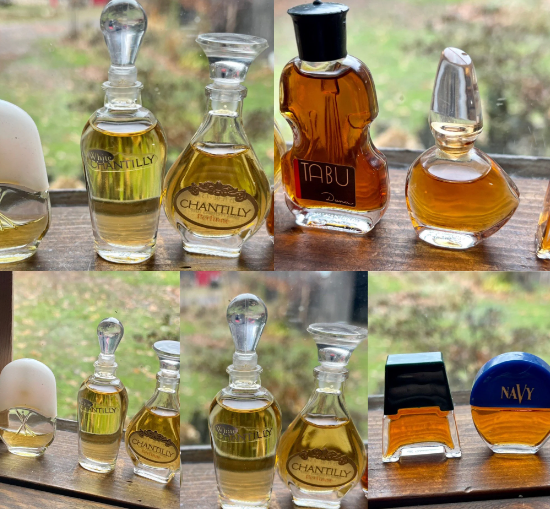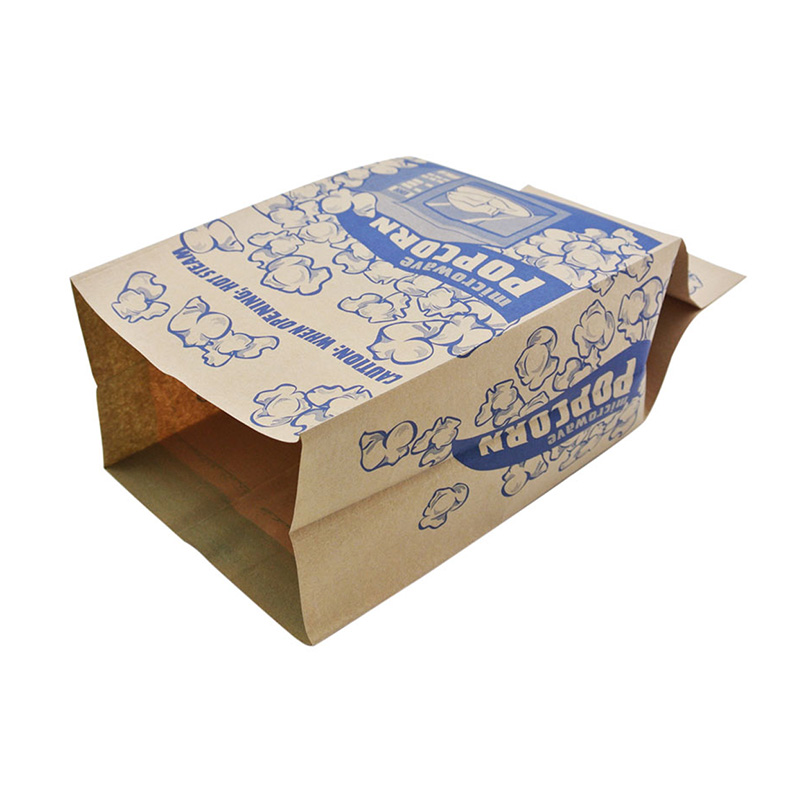How to Choose the Right Fishing Line
Material Considerations
Many different types of fishing line materials are available on the market today and understanding the right kind of line to use for your fishing location and/or conditions is key. However, for starters, you should know that fishing line is divided into three basic composition types: monofilament, fluorocarbon and braided.
The “tried and true” line for most beginners is a monofilament line composed of a single continuous untwisted strand, most often, made from nylon. Monofilament line is available in different colors, extremely flexible and easy to use, making it a popular choice for many fishing situations. While some more advanced anglers don’t like its stretch, for a beginner, a six-pound monofilament line is an ideal choice.
Another increasingly common option for use in rivers and other clear water situations is a fluorocarbon line. Namely because it is almost invisible, enabling a great presentation for flies and lures alike. This type of line is extruded in a single strand like monofilament but from different chemical compounds that make it thinner than a monofilament line of the same strength, more durable, and less stretchy.
Finally, most dark water and deep sea anglers prefer a braided line that is formed by combining fibers of polyethylene woven together. The braided line is considered the ultimate in strength but it’s also quite visible, which is why this line is often used in combination with a fluorocarbon leader.
We would be remiss if we didn’t mention what most anglers now consider the fourth type of fishing line: high performance nanotechnology lines. Also referred to as thermal filament or [Berkley’s] Unifilament, these high performance lines are made by bonding together small graphite fibers to increase the strength of the line far over its monofilament equivalent.
Fishing Line Strength
When it comes to fishing line, understanding its strength is a key to making a good choice. The strength of a line is measured in terms of pounds, meaning how much weight the fishing line can lift and effectively handle before it breaks. Since you’ll need to rely on your line to reel in any caught fish, you’ll want to make sure you have the right strength.
Therefore, knowing how to choose fishing line requires at least a basic understanding the species you’re after, where you plan to fish, and the conditions present. For example, while you will likely want a line that can handle more tension when you’re fishing in areas with thick cover, you will probably prefer a more durable line when fishing around underwater structures.
Another factor to consider is any guidelines on the equipment you plan to use. Often, rods and reels will contain recommendations or specifications for line weights. For instance, you may see that anglers with a heavy rod power should use a four to eight pound line size. Or, you may find information on the reel itself presented as a series of numbers, such as 260/6, which means that the reel will accept 260 yards of six-pound test line. When information like this is available, it’s best to match your line accordingly.
Other Fishing Line Resources
In addition to consulting your equipment for selecting the right fishing line, one of the most useful tools for any angler is a fishing line strength chart. This resource provides information for the specific brand and type of line, since they can be marked differently.
The chart contains what are referred to as “ratings,” “test weights,” or “test ratings.” These numbers tell a shopper how many pounds of force it will take for the line to break. While these figures aren’t always exact, and lines could break under less stress, they serve as a good guide when deciding what pound fishing line to use depending on the weight of your target species.
Another valuable resource is a fishing line weight guide. Found online, the guide will give you suggestions for the best presentation based on the type of fishing, species, and its weight. For example, you may consult a guide to learn that going after sea trout requires an eight to 14 pound line.
Now you have enough info to pick the right fishing line for your situation. Happy angling!
Fishing line connects the lure or bait to the angler's rod and reel and is paid out, thrown or cast at varying distances to present the lure or bait to the fish. Once the fish are hooked, the line is critical to reeling a fish in. We'll walk you through what to look for when choosing fishing line and help you make the right choice for you.
Spectra braided fishing line, like this line from Power Pro, is light, strong and slippery, for less line noise and lower friction.
Fishing line that is extruded in a single continuous filament and left untwisted is called monofilament. It's smooth and clear and offers moderate amounts of stretch. Monofilament is also available in special colors to improve visibility above the water while keeping it invisible for the fish. High-performance line produced by thermal bonding of small fibers is called thermal filament and has a smaller diameter per pound test than monofilament. Braided lines are a bit thicker and more common for fishing larger species, e.g. fishing for large blue- and yellowfin tuna offshore.
Featured content:What are 6 well plates used for?
Key Questions to Ask When Ordering perfume decanter
The Buyer’s Guide to Picking the Perfect Perfume
Everything You Need to Know to Order Plastic Business Cards
The history of food packaging: how packaging design has changed
5 Reasons Why Flyers Are Still Relevant?
The Ultimate Buyer's Guide for Purchasing Digital Card Printing
Line Strength
The strength of fishing line is called test and is measured in pounds. It should roughly match the weight of the species you are fishing for (e.g. use line in the 30-pound test for tuna in the 30-pound range). A typical line to cast for trout would be 4-pound test.
Consider braided line of 30-pound test or more if you go after large game fish. A rule of thumb is to fish with the lightest gear possible so you don't tire and have more fun. In competition when test is specified, anglers must use light line to land heavy fish. But that requires experience, a zest for a long fight and, above all, solid technique. Another difference: while normal fishing line is guaranteed to break above its rating, tournament line must break before the rating or the records will not be recognized.
Nylon, Dacron, Spectra, Dyneema
Monofilament nylon fishing line, like this Andes Premium Monofilament, is cheap and popular.
Nylon, the oldest and most common of the synthetic fibers for fishing line, is made from linear polyamides and offers a good compromise between strength, stretch and abrasion resistance. Dacron, developed by DuPont in the late 1950s, is based on a long-chain polyester and represents a step up from Nylon in strength, flexibility and low stretch.
Spectra and Dyneema are two modern brand names for ultra-strong polyethylene fiber that is used in high-tech fishing line. It is many times stronger than steel, more durable than polyester and so light, it floats. We recommend Spectra/Dyneema for higher tensile strength at smaller diameters, which reduces the weight of the tackle and increases the amount of line that fits onto the spool (e.g. 130-pound Spectra test has the same diameter as conventional 30-pound test Nylon line). Spectra/Dyneema also offers better abrasion resistance, which prevents loss of bait or lure when fishing near obstacles or near the bottom where line snags or chafes against sharp objects.
Castability
When it comes to active styles of fishing that require frequent casting, we recommend smooth, light lines because they come off the spool easier, enabling more accurate casts over longer distances.
Line Stretch
Less stretch in fishing line results in more sensitivity to feel the fish, which is what anglers are looking for. However, in certain instances, some line stretch is desirable, (e.g. when trolling) because it can act like a shock absorber and make the difference between setting the hook in a soft-mouthed fish such as salmon or ripping it out.
Line Memory
Unlike in humans and computers, less memory is better when it comes to fishing lines. Why? Memory refers to a line's ability to retain its shape after deformation. A line with a lot of memory "remembers" the loops that develop when it is wound up on a spool. Lines with no memory stay straight when they come off the spool, and as a result develop less friction on guides and reels, which enables longer, smoother casts.
Examples for Selecting Fishing line
Test Style Venue Technique Species 2-4 lb Mono Freshwater Spinning, casting Trout, small native fish 6-10 lb Mono Inshore, pier Spinning, casting Bream, flathead, salmon, larger native fish 12-20 lb Mono/braid Near shore Trolling, casting, bottom-fishing Small tuna, salmon, kingfish, snapper 30-130 lb Braid Offshore Trolling Marlin, large tuna, sharks, large kingfishUseful Tips
Line loses up to a third of its strength at the knot, so we recommend that you size fishing line generously, even though the actual breaking strength exceeds its rating by approx. 50 percent. We recommend that you use genuine fishing knots to attach leaders and terminal tackle to the line to minimize the loss of line strength in the knot area. A line's shock resistance withstands breakage when fish hit at high speeds especially during trolling. If you are not sure what you are going to get, err on the strong side or you risk losing your catch.
For example, if you fish for fast-swimming Dorado in the 20-pound range, use 30-pound test so your line has enough strength and shock resistance (in this case approx. 45 pounds) if the fish hits at full throttle and takes off with the bait. For a well-balanced tackle that is functional and comfortable to use, we recommend matching the line class to rod and reel. Too light a line may be difficult to cast or may be broken by an excessive load. Too heavy a line can break the rod.
Conclusion
Make sure the line's test matches the average weight of the targeted species, is capable of absorbing shock loads when the fish hits, and has enough strength in the knot areas.
- Bait-casting on a lake requires lighter and more sensitive line than saltwater game fishing because it is a more active style of fishing and the targeted species are smaller.
- Common mono-filament has more stretch than braided high-tech line and takes up more room on the spool.
- Performance lines such as Spectra sell at a higher price point because their production is more lavish than Nylon or Dacron but we consider them a good value because they offer more sensitivity, abrasion resistance and knot strength, while they have low stretch and next to no memory.
- Line with moderate stretch is good for trolling because it may be the difference between hooking the fish or ripping the hook right out of its mouth.
- Good advice when buying line is to buy lots of it because you will find that you lose more than you expect.
How to Choose the Right Fishing Line
Selecting Fishing Line
Featured content:DIY Wedding Invitations: Benefits and Printing Tips
Pros and Cons of Printing Your Own Wedding Invitations
4 Questions to Ask Before Ordering Packaging - Emenac Packaging
Fee Structure
What is the Advantage and Disadvantage of Digital Books for Children
Types of Self-adhesive Vinyl for Outdoor Use
What is the difference between a pillow bag and a gusset bag?
374
0
0
All Comments (0)
Related Articles
If you are interested in sending in a Guest Blogger Submission,welcome to write for us!




Comments